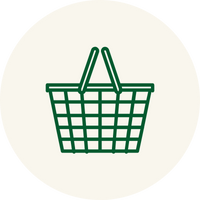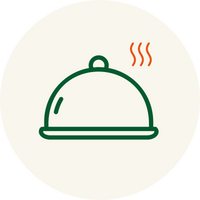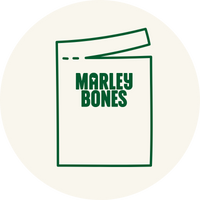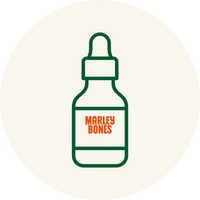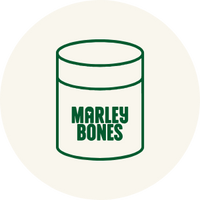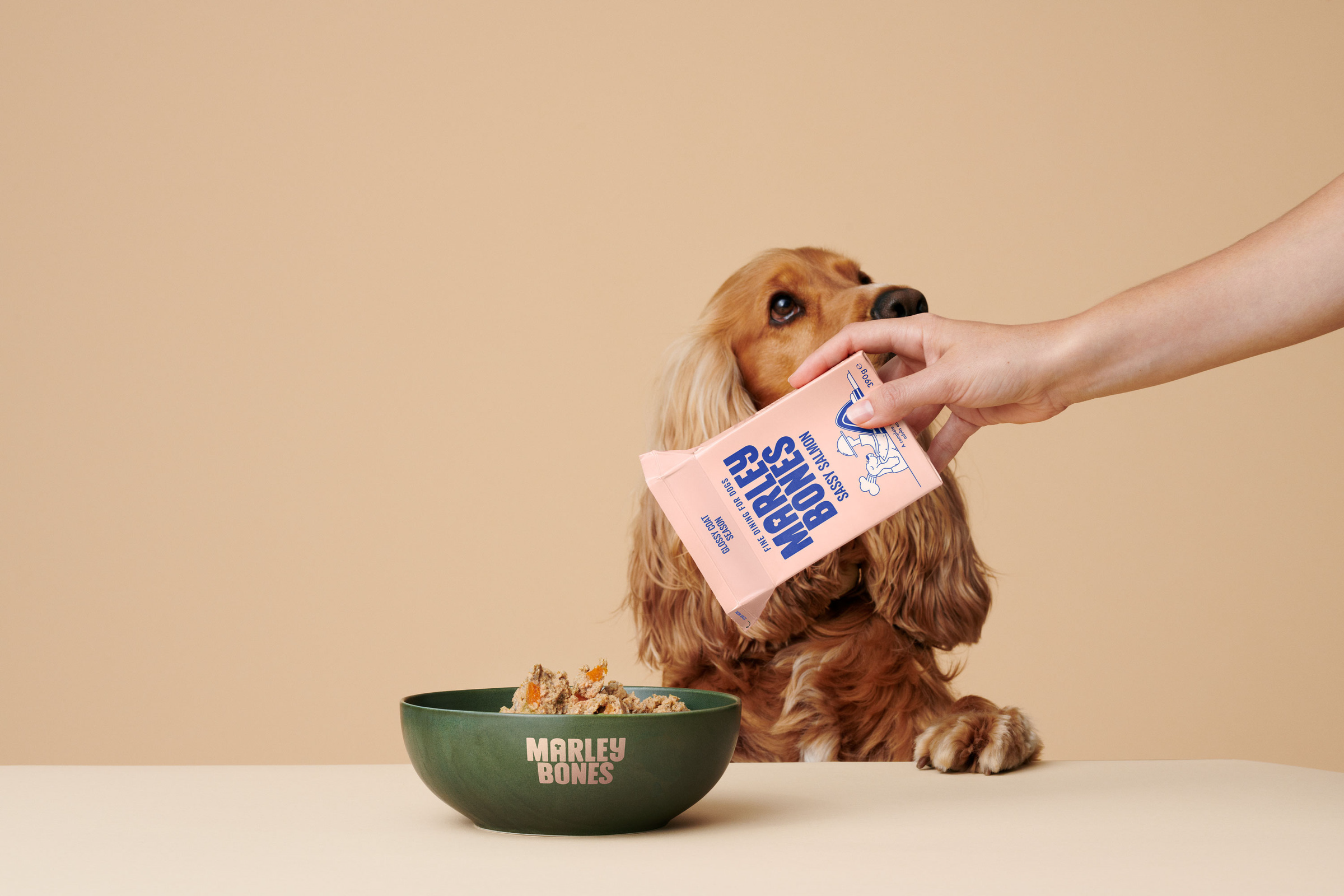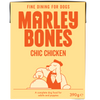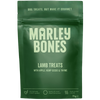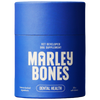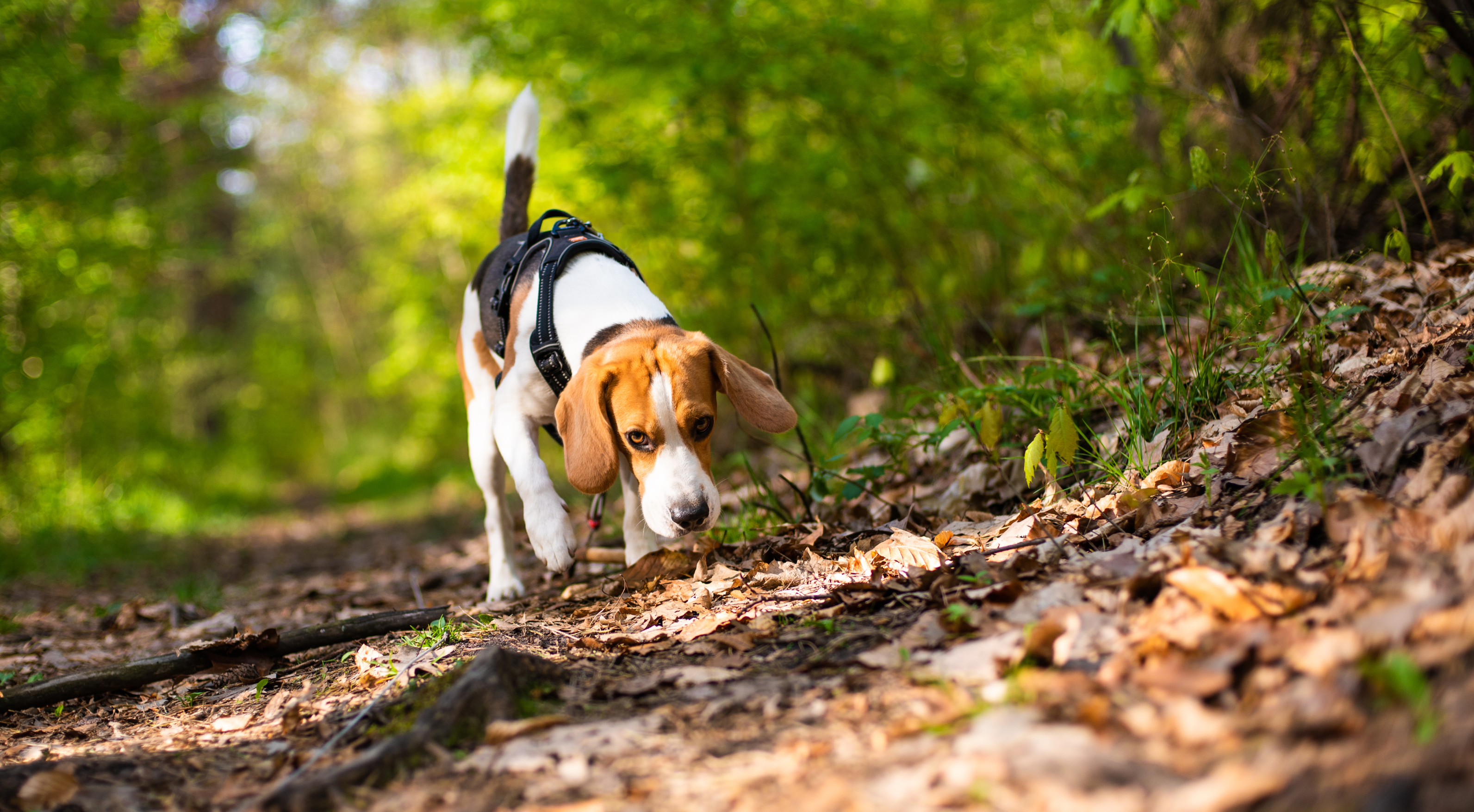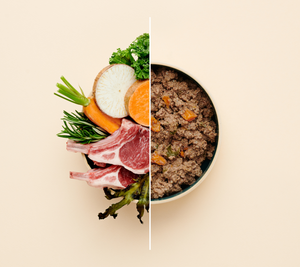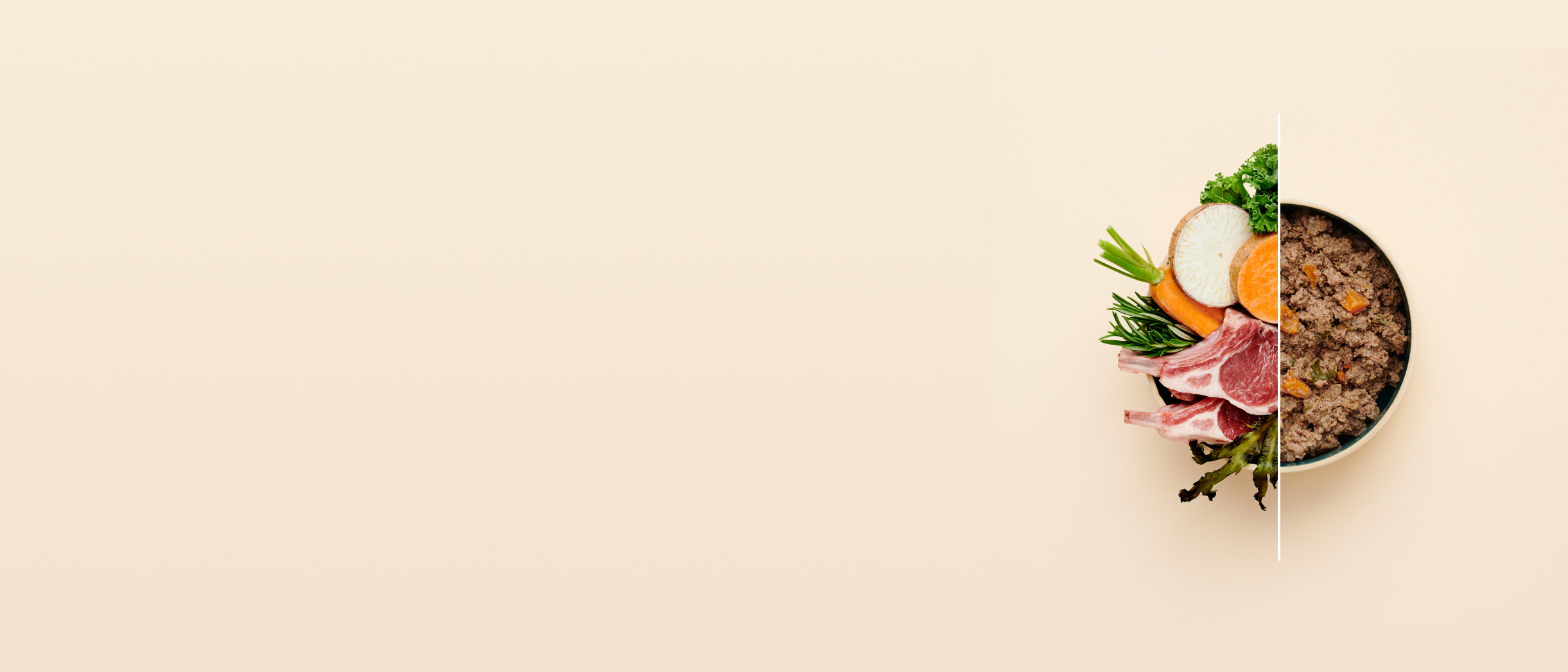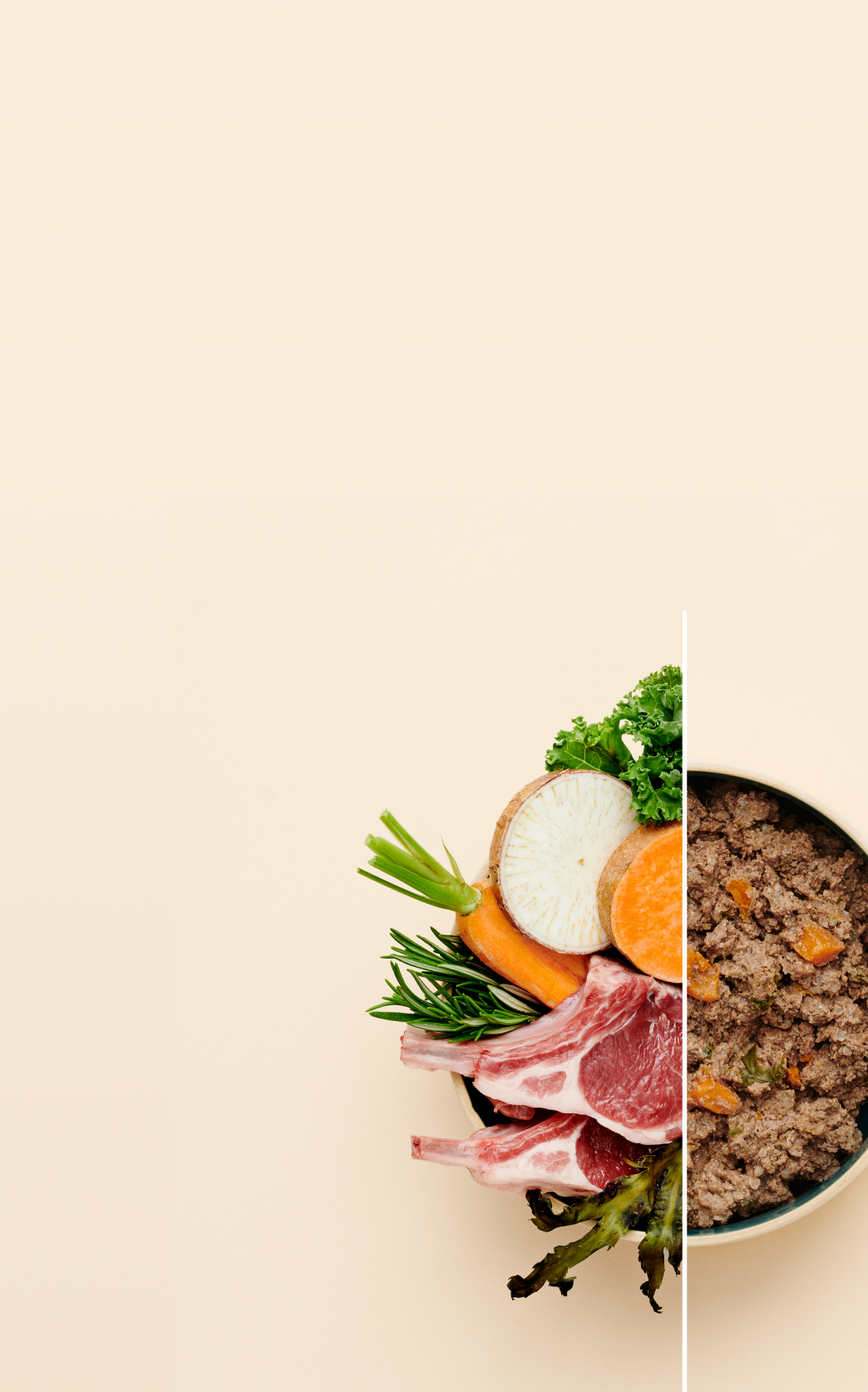What To Do If Your Dog Eats Something Dangerous: Fast Steps and Tips for Pet Parents
If your dog has swallowed something they shouldn’t have—whether it’s chocolate, medication, or a rogue houseplant—don’t panic, but do act fast. Quick action can be the difference between a mild upset and a life-threatening emergency.
The key is knowing what to do, who to call, and how to prevent it from happening again. This guide will walk you through exactly that.
Act Fast - But, Stay Calm
First things first: take a breath. Your dog needs you clear-headed. Try to work out exactly what they’ve eaten. If you have the packaging, keep it—it could help your vet assess the risk. Note how much was eaten and when.
Now observe your dog. Are they vomiting, drooling, unusually quiet, or restless? Signs like lethargy, seizures, or difficulty breathing are serious and need immediate professional help.
If you suspect poisoning, contact your vet straight away or call a pet poison helpline. Time matters here, so don’t wait for symptoms to worsen.
Call Your Vet Or Emergency Clinic
Don’t try home remedies without veterinary advice—some can do more harm than good. Call your vet and explain the situation clearly: what your dog ate, how much, and any symptoms you’re seeing.
If it’s after hours, go straight to an emergency clinic. Save their number in your phone and stick it on the fridge—future-you will thank you.
Follow Their Instructions To The Letter
Whether your vet asks you to come in or suggests something you can do at home, follow their advice exactly. Monitor your dog closely, keep them comfortable, and don’t try anything new unless your vet gives the go-ahead.
Your calm, steady response is one of the best things you can offer in a scary moment like this.

Know What's Dangerous To Dogs
Understanding what’s toxic to dogs can help you act quickly—and avoid accidents altogether.
Toxic Foods: Chocolate, grapes, raisins, onions, and garlic are all on the danger list. Even a small amount of xylitol (a sugar substitute found in sugar-free gum and baked goods) can cause liver failure. Alcohol, caffeine, and fatty table scraps can also spell trouble.
Non-Food Hazards: Dogs are curious, and that curiosity gets them into everything—from batteries and socks to toys and remote controls. Swallowed objects can block the gut or cause internal injuries. Household cleaners, laundry pods, and certain essential oils are also highly toxic.
Plants and Medication: Common plants like lilies, azaleas, and sago palms can be deadly. Human medication—especially painkillers like ibuprofen or paracetamol—are extremely dangerous, even in small doses. Always store medicines and plants well out of reach.
Preventing Future Accidents
You can’t supervise your dog every second, but small changes at home can make a big difference.
- Secure bins and food: Use pet-proof bins, and keep food off counters and out of reach.
- Store medications safely: Lock away all medication and avoid leaving pills on nightstands or countertops.
- Train key commands: “Leave it” and “drop it” aren’t just party tricks—they can save lives.
- Supervise playtime: Keep an eye on toys, chews, and household objects your dog might chew or swallow.
A bit of vigilance goes a long way!
Think Long Term - Your Dog's Health And Safety
Vet Check Ups: If your dog has eaten something harmful, even if they seem fine now, it’s wise to schedule a follow-up visit. Some toxins take time to show effects, and your vet may want to run bloodwork or monitor their organs.
Consider Pet Insurance: Emergencies can be costly. Pet insurance can give you peace of mind and help cover treatment for poisoning or surgery if needed. Look for a plan that includes accidents and emergencies—not just routine care.
Make Your Dog Home Safe: Just like childproofing, dog-proofing your space can prevent a world of trouble. Keep laundry, meds, and cleaning supplies behind closed doors. Be extra cautious in rooms your dog has unsupervised access to. Regularly sweep floors for small objects or dropped pills.

The Final Woof
If your dog eats something potentially dangerous, don’t delay—act quickly, contact your vet, and stay calm. Fast, informed action saves lives.
Once the immediate danger has passed, take a few steps to make your home safer. The goal isn’t perfection—it’s prevention, and peace of mind.
Your dog depends on you, and with a bit of planning and awareness, you’ll be ready to protect them from everyday hazards.
